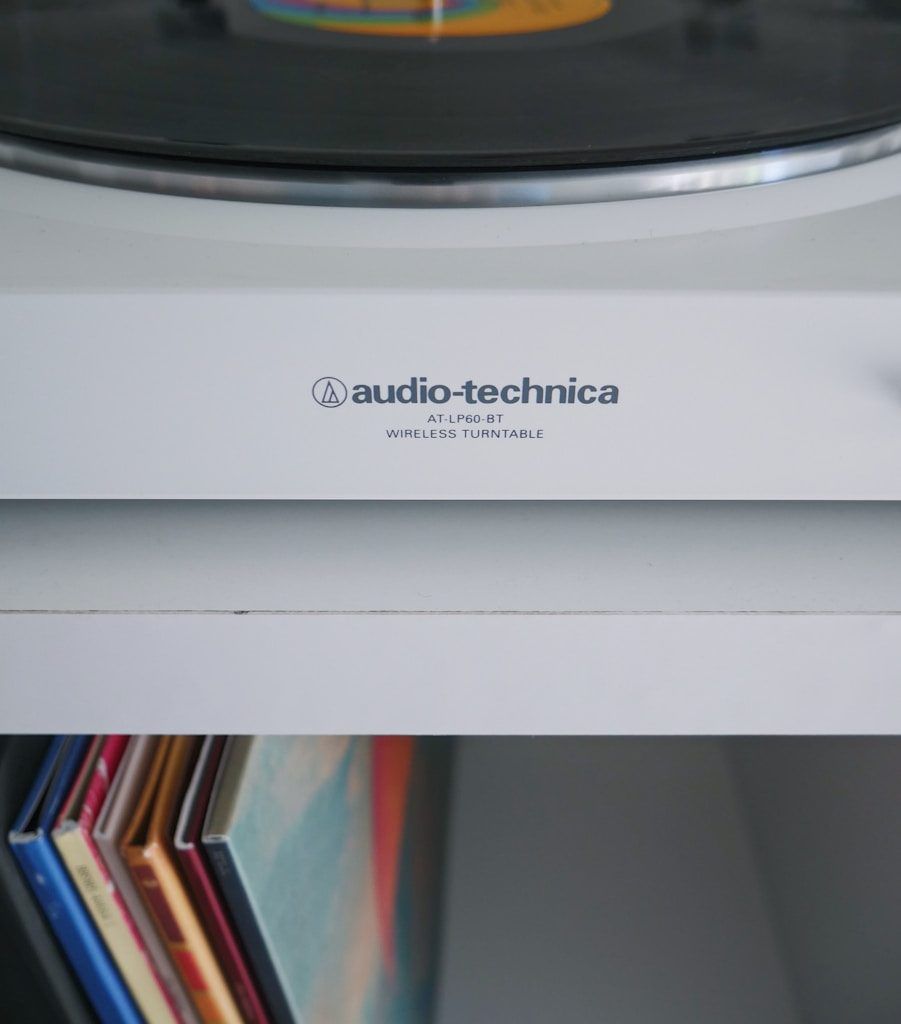Explicit record labels are a staple in the music industry. If you’ve ever browsed music on your favorite streaming platform, you’ve probably noticed songs marked with a bold “Explicit” tag. But what exactly does that mean? And why is it important? This guide will walk you through everything you need to know about explicit record labels, from their history to their relevance today.
What Is an Explicit Record Label?
An explicit record label serves as a warning. It tells listeners that the song contains material that might not be suitable for all audiences. This could include:
- Profanity
- Graphic descriptions of violence
- References to drugs or alcohol
- Sexual content
The goal is to help listeners make informed decisions about what they want to hear, especially parents looking to shield younger audiences from certain themes.
The History Behind Explicit Record Labels
The concept of labeling music didn’t happen overnight. It all started in the 1980s when concerns about the impact of explicit content on young listeners gained traction. Organizations like the Parents Music Resource Center (PMRC) lobbied for more transparency in music content.
Their efforts led to the introduction of the Parental Advisory label in 1985. You’ve probably seen it: a black-and-white sticker with bold text that reads “Parental Advisory: Explicit Content.” This became the industry’s standard for signaling explicit material.
Why Explicit Labels Matter
Some might wonder, “Do we really need explicit record labels?” The answer is yes—and here’s why:
- Informed Choices: Explicit labels empower listeners to decide whether they’re comfortable with a song’s content.
- Parental Guidance: Parents can monitor what their children are exposed to.
- Cultural Sensitivity: Not all audiences are comfortable with explicit material. Labels help bridge that gap.
- Artist Freedom: Artists can express themselves fully without worrying about unintentionally offending sensitive audiences.
The Debate Around Explicit Record Labels
Like any system, explicit labeling isn’t without its controversies. Some argue that labels stigmatize music or limit artistic freedom. Others believe they’re a necessary tool for protecting younger audiences. Despite differing opinions, most agree that transparency benefits both artists and listeners.
How Are Songs Classified as Explicit?
The process for determining whether a song needs an explicit label varies by platform and record label. However, there are common triggers:
- Use of profanity or vulgar language
- Descriptions of illegal activities
- Themes that could be considered inappropriate for minors
Streaming platforms like Spotify, Apple Music, and Amazon Music rely on metadata provided by record labels to classify songs.
Explicit Record Labels and Streaming Platforms
In today’s digital age, explicit labels are more important than ever. Streaming platforms use them to filter content, allowing listeners to enable or disable explicit tracks in their settings. This feature is especially useful for families or workplaces where certain types of content might not be appropriate.
Parental Controls and Explicit Labels
Explicit record labels work hand-in-hand with parental control settings. Most streaming services allow parents to:
- Block explicit content
- Create child-friendly playlists
- Monitor listening habits
The Impact of Explicit Labels on Artists
For artists, having an explicit label on their work can be a double-edged sword. On one hand, it’s a badge of creative freedom. On the other, it might limit their audience reach, especially among younger listeners or in conservative regions.
Artists often face a choice: self-censor their work to reach a broader audience or embrace their authentic voice and accept the explicit label.
Synonyms and Alternative Terms for Explicit Record Labels
Throughout this guide, you’ll notice we’ve used terms like:
- Parental advisory label
- Explicit content warning
- Explicit music tag
These terms are often used interchangeably but serve the same purpose: to signal explicit material in music.
Are Explicit Labels Effective?
Effectiveness is a hot topic. While labels can inform listeners, they don’t prevent people from accessing explicit material. For example, a teenager can easily bypass parental controls if they’re tech-savvy.
Despite this, explicit labels play a crucial role in transparency. They set clear expectations and create a safer listening environment for those who need it.
Tips for Navigating Explicit Content
Whether you’re a parent, an educator, or simply a music lover, navigating explicit content can feel overwhelming. Here are some tips:
- Use Filters: Enable explicit content filters on your streaming platforms.
- Communicate: Talk to children about the themes in music and why explicit content exists.
- Explore Alternatives: Many artists release “clean” versions of their songs that remove explicit material.
The Future of Explicit Record Labels
As the music industry evolves, so will the way we handle explicit content. AI and machine learning might play a larger role in identifying explicit material. Additionally, cultural shifts could influence how explicit labels are perceived.
Closing Thoughts on Explicit Record Labels
Explicit record labels are more than just stickers on album covers. They’re a tool for transparency, creativity, and responsibility. By understanding their purpose and impact, you can make more informed choices as a listener or creator.
Related Articles:
For further reading, explore these related articles:
For additional resources on music marketing and distribution, visit DMT Records Private Limited.






